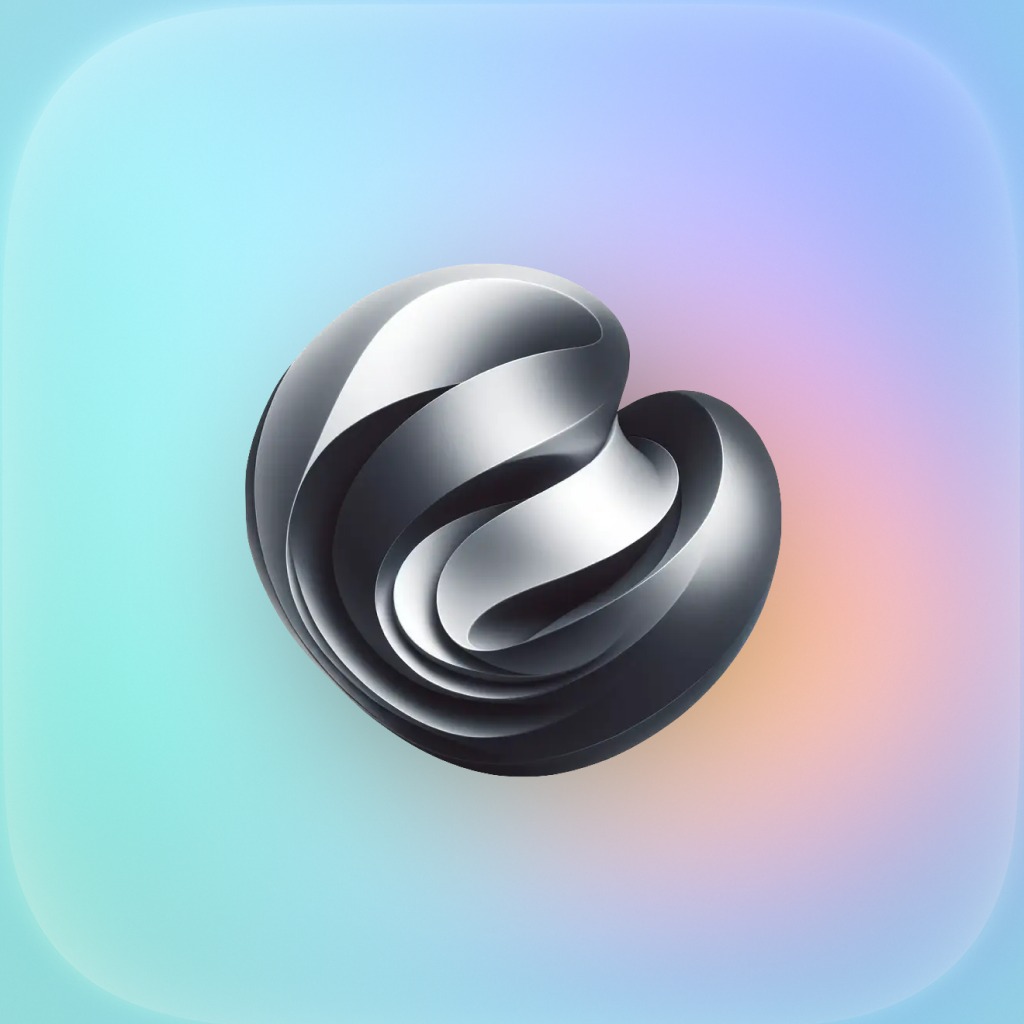Interview Questions
Adaptive
Design-Focused Web App Builder

What experience do you have with AI-powered tools in web development?
I have hands-on experience using AI-powered tools to streamline both the development and design process: Code Assistance & Debugging I regularly use AI tools like ChatGPT and GitHub Copilot to generate boilerplate code, suggest improvements, and debug issues more efficiently. These tools help speed up repetitive coding tasks while allowing me to focus on architecture and user experience. Content & Asset Generation I’ve used AI for generating placeholder content, writing SEO-friendly copy, and creating optimized images/icons through tools like MidJourney and Figma AI plugins. Data-Driven Features I’ve integrated AI APIs (such as OpenAI’s API) into web apps to provide features like chatbots, text summarization, and smart search recommendations. Testing & Optimization Leveraged AI-powered testing tools to identify accessibility issues, improve performance scores, and optimize UI layouts based on user interaction data. Overall, I see AI as a collaborative assistant — not replacing my skillset but enhancing productivity, creativity, and problem-solving in web development.
Adaptive
Design-Focused Web App Builder

How would you approach designing a web app to maximize usability while keeping it aesthetically appealing?
My Approach to Designing a Web App for Maximum Usability and Aesthetic Appeal I would start by focusing on user-centered design — building for the people who will actually use the app. My process would include: Understand the Users and Goals Conduct brief user research or review project requirements to identify the target audience, their needs, and the main tasks they want to accomplish. Define the primary goals of the web app so every design choice supports them. Prioritize Usability First Keep navigation intuitive with clear menus, logical page hierarchy, and consistent placement of common actions. Use responsive layouts so the app works equally well on desktop, tablet, and mobile. Maintain accessibility standards (e.g., proper color contrast, keyboard navigation, alt text) to make the app usable for everyone. Maintain Visual Consistency Establish a style guide for typography, color palette, button styles, and spacing so the interface feels cohesive. Use visual hierarchy (size, weight, and color) to guide attention toward key elements. Enhance Aesthetic Appeal Without Sacrificing Speed Incorporate modern, clean UI components and subtle animations to make the app feel polished. Avoid clutter by embracing whitespace and grouping related elements together. Optimize images, icons, and assets to maintain fast load times. Iterate Based on Feedback Build prototypes and run quick usability tests to catch friction points early. Refine both the UI and UX continuously until users can achieve their goals effortlessly while enjoying the visual experience. In short: I believe usability is the foundation — users must navigate the app with ease — and aesthetics is the layer that builds trust, brand identity, and delight. I design with both in mind so the app is not just beautiful, but functional and accessible.


